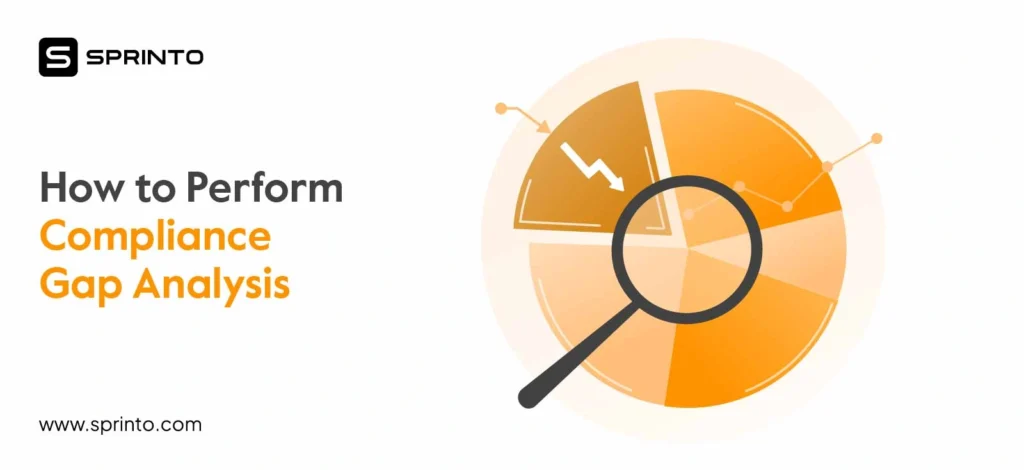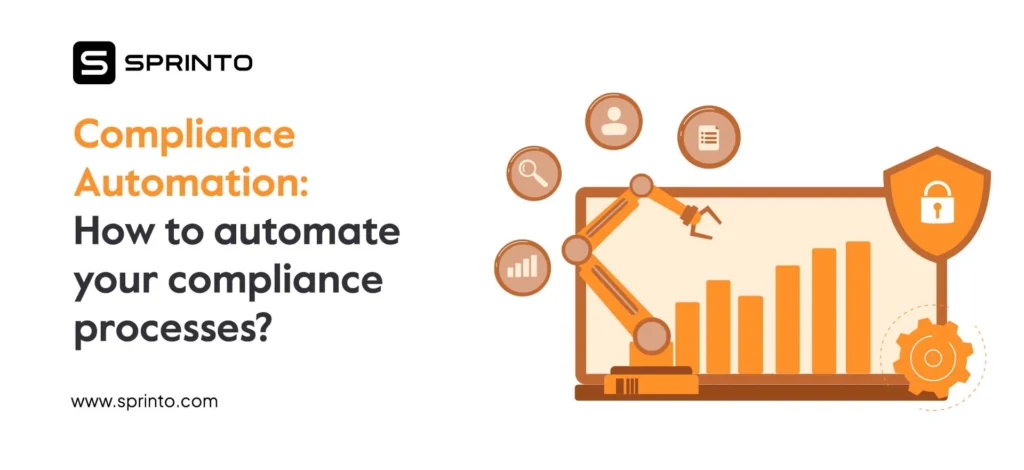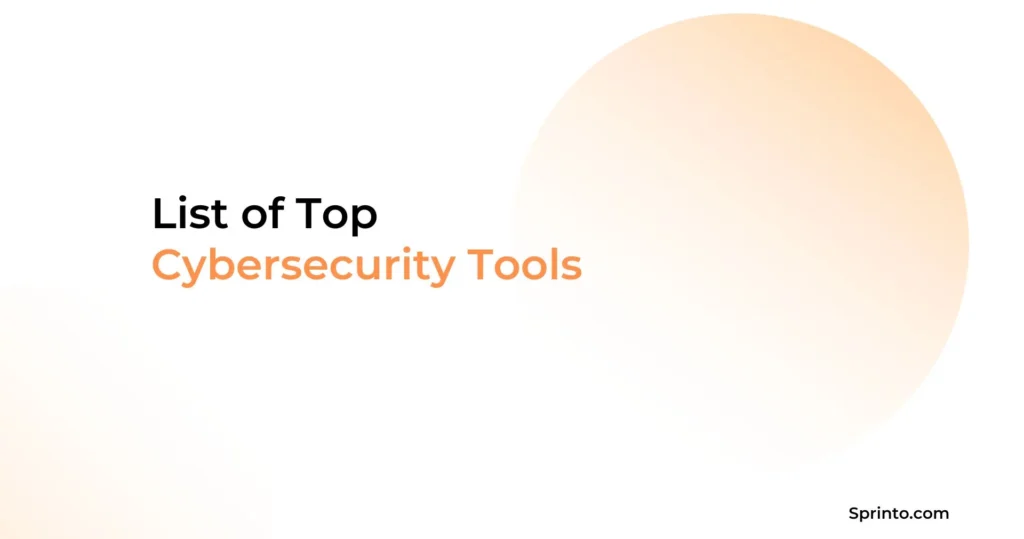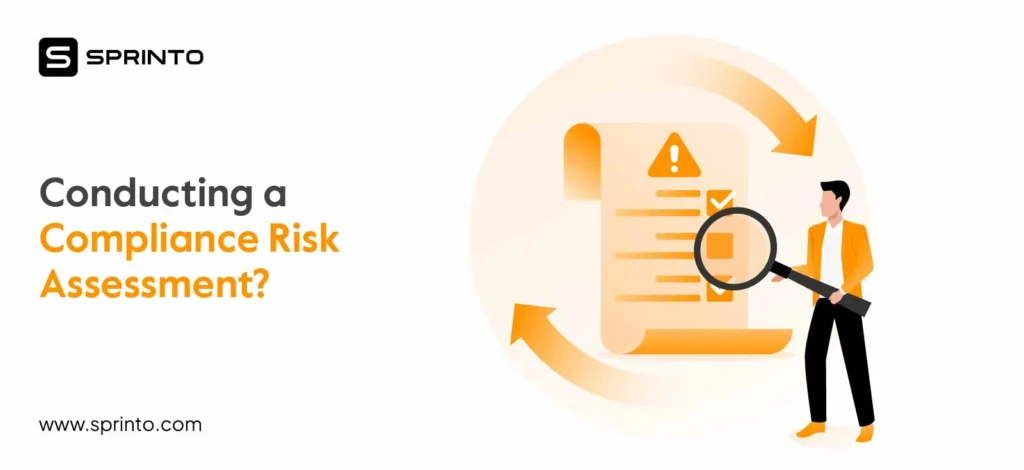Most businesses end up adopting IT GRC tools after they’ve seen what happens without it. Every new vendor integration, every new cloud deployment, exposes you to new risks and vulnerabilities.
The old way of managing risk is built for a slower world. At first, it’s manageable, with a few spreadsheets here and a few docs there. But legacy processes with static reporting and scattered ownership can’t match the pace of modern infrastructure.
Modern IT GRC tools help you put up a more solid defense in the face of evolving risks, while meeting complex compliance requirements. In this blog, we’ll break down how IT GRC tools work, why they are important, and what to look for when choosing the right platform for your business.
- Modern IT GRC tools bring governance, risk and compliance into one automated system, replacing outdated manual processes.
- They centralize visibility, streamline audits, and enable continuous compliance across frameworks like SOC 2, ISO 27001, and GDPR.
- By automating evidence collection, control tracking, and reporting, IT GRC tools turn compliance from a time-bound task into an always-on advantage.
What are IT GRC tools?
IT GRC tools are platforms for managing policies and controls, risk, and compliance frameworks on a single platform. Instead of juggling policies in one tool, risk registers in the other, and audit evidence across a dozen folders, they pull together everything under a single platform.
The prime goal behind using IT GRC tools is to protect IT systems from avoidable risks, ensure controls are followed, and keep every framework aligned as the business evolves.
These platforms sit at the heart of how security and compliance teams operate, helping CISOs gain visibility into the entire environment. Consistent automated evidence collection provides auditors with a solid trail of proof. More than a dashboard, IT GRC tools serve as the infrastructure that keeps security, risk, and compliance aligned with business goals.
Why are IT GRC tools important
IT GRC tools are important because they help create the infrastructure for security and trust inside complex organizations. As tech environments grow more interconnected, you can’t isolate governance, risk, and compliance from one another. IT GRC tools integrate these functions into a single platform where you can assess, manage, and mitigate risks, fulfill compliance requirements, and oversee the management of controls and policies.
Linking governance frameworks with live systems makes risk management continuous rather than cyclical. Teams can see what’s changing in real-time, trace accountability across workflows, and maintain strong security and compliance standards.
This integrated solution is what turns oversight into resilience. Instead of adding more controls, IT GRC tools equip teams with the context to see which ones truly matter. At the same time, it enables you to keep governance active rather than reactive.
Key features of IT GRC tools
The real strength of IT governance, risk, and compliance tools lies in their ability to centralize, manage, and deliver company-wide GRC functions.
Here are the five important features that an IT GRC platform must incorporate:
Governance
The best IT GRC tools make governance tangible. It removes the complexity of implementing and tracking controls without the heavy lifting. It also helps you manage the entire policy lifecycle, right from authoring to review and approval.
Risk management
IT GRC tools are meant to help you safeguard your business against potential risks and threats. This means it helps carry out all the important steps, including risk assessment, risk identification, risk mitigation, and monitoring.
Compliance
Compliance used to mean scrambling for evidence and documentation at the last moment. Meeting regulatory standards like ISO 27001, SOC 2, PCI DSS, and HIPAA shouldn’t have to be a complex process.
GRC tools for IT handle most steps in the process of completing compliance, right from unifying controls across standards to automating evidence collection. So, you’re no longer managing compliance in fragments but on a single, unified platform.
Vendor risk management
Third-party risk should not be isolated from the trifecta of GRC. Advanced GRC tools fold third-party assessments, access reviews, and dependency mapping into the same ecosystem. This helps you assess vendor performance, track dependencies and access, and maintain shared accountability.
Reporting
Your team needs GRC tools to see what spreadsheets can’t. When a control drifts, vendor changes, or new risks start forming, the platform shows it right away. Instead of waiting for quarterly reviews, reporting is constant and accessible for your team at any moment.
Top IT GRC tools in 2025
The IT GRC landscape today offers a range of solutions that come with their own share of pros and cons. Here are some of the leading IT GRC tools in this space:
1. Sprinto
Sprinto is an automation-led IT GRC tool built for cloud-native and fast-growing companies. It connects risk, compliance, and governance into a single platform that adapts as you grow.
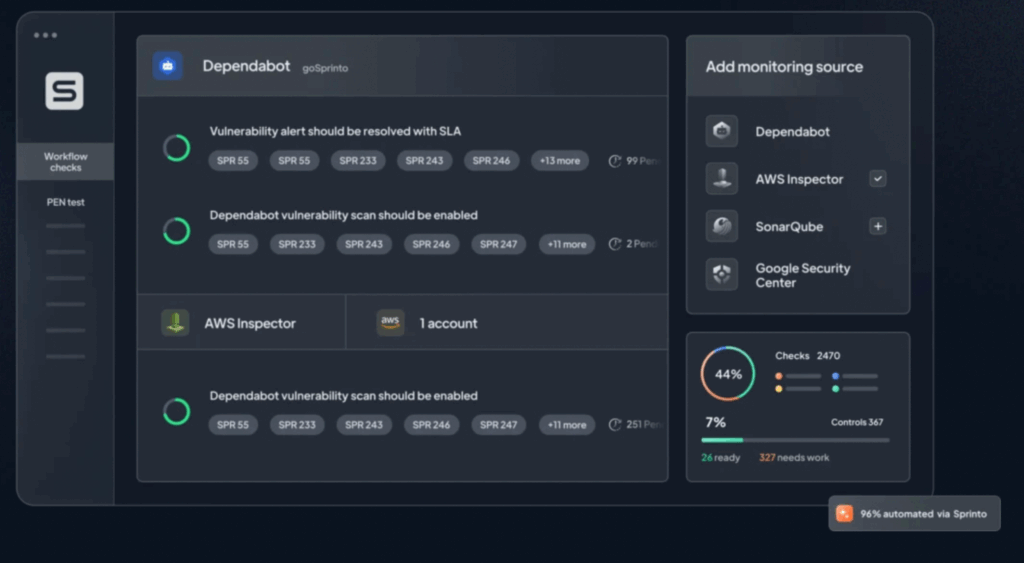
Sprinto offers a broad range of features, including the following:
- Offers automation-led compliance, with evidence collection handled automatically, removing the overhead of audits.
- Sprinto offers 20+ compliance frameworks, including SOC 2, ISO 27001, GDPR, HIPAA, and PCI DSS, making it future-proof for teams expanding globally.
- It helps you monitor controls in real-time, flags drift, and maintains compliance posture, minus the bottlenecks.
- Simplifies vendor risk management by intelligently vendor risk categorization and evaluation for in-depth context.
- Sprinto integrates with 200+ cloud services and platforms so you can easily plug it with your existing tech stack.
Sprinto’s differentiator lies in how little effort it demands from internal teams. What took hundreds of consultant hours becomes a simple, accessible system. Everything happens on a single, comprehensive dashboard, making it an ideal fit for mid-sized and enterprise teams alike.
Brands like WebEngage use Sprinto to automate multi-framework compliance and stay continuously audit-ready, achieving ISO certifications faster and maintaining a resilient security posture. They cut certification time to just 6 months and built a proactive IT GRC program that’s kept them incident-free for 6+ years.
2. LogicGate Risk Cloud
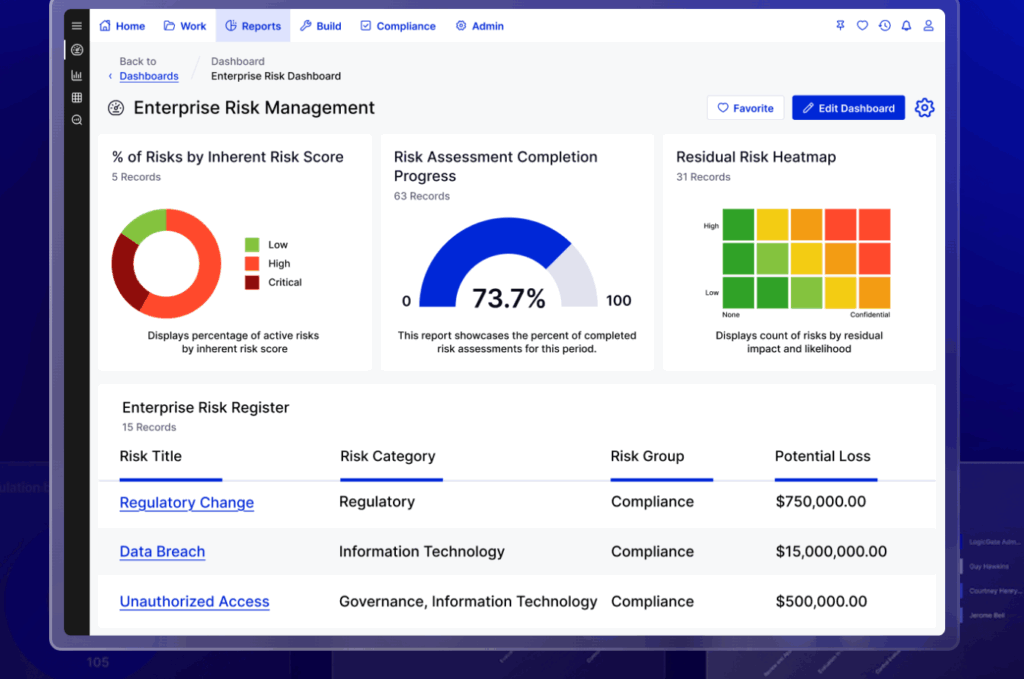
LogicGate offers a low-code, modular GRC platform built for teams looking to add flexibility and speed to their GRC workflows. It helps organizations automate governance, risk and compliance without heavy implementation.
Here’s what it offers in terms of features:
- Customizable workflows from risk assessment to audit management.
- Automated policy management right from review and approvals to spotting gaps in compliance frameworks and systems.
- Integrated risk visibility that ties assets, threats, and vulnerabilities into a single connected view.
- AI governance for managing AI ethics and innovation while maintaining compliance with policies and standards.
LogicGate Risk Cloud’s strength lies in its adaptability and configurability.
3. ServiceNow GRC

ServiceNow GRC promises an integrated approach to risk and operational resilience. It brings together business, IT, and security teams to monitor risk, automate workflows, and build enterprise-wide operational resilience.
Its main features include:
- Integrated risk management by consolidating siloed risk and compliance processes into a single platform.
- Management and automation of complete policy lifecycles, along with monitoring capabilities.
- Business impact analysis, continuity planning, and operational resilience management for ensuring overall business continuity.
- Offers data privacy governance through privacy impact assessments and automated control testing.
ServiceNow GRC turns isolated processes into connected workflows that scale with the business.
4. MetricStream

MetricStream is a mature IT GRC platform known for its broad GRC coverage across risk, compliance, and cyber programs.
The MetricStream platform offers the following features:
- Offers teams and stakeholders end-to-end visibility into their governance landscape.
- Incorporates automation into regulatory change management through AI-based alerts and horizon scanning.
- Uses risk quantification for capturing IT and enterprise risk exposure in financial terms.
- Offers ESG frameworks like GRI, TCFD, and SASB for organizations seeking to attain growth goals sustainably.
MetricStream stands out for its comprehensive coverage and scalability. However, its complexity and implementation footprint makes it ideal for organizations with well-established GRC teams.
5. OneTrust
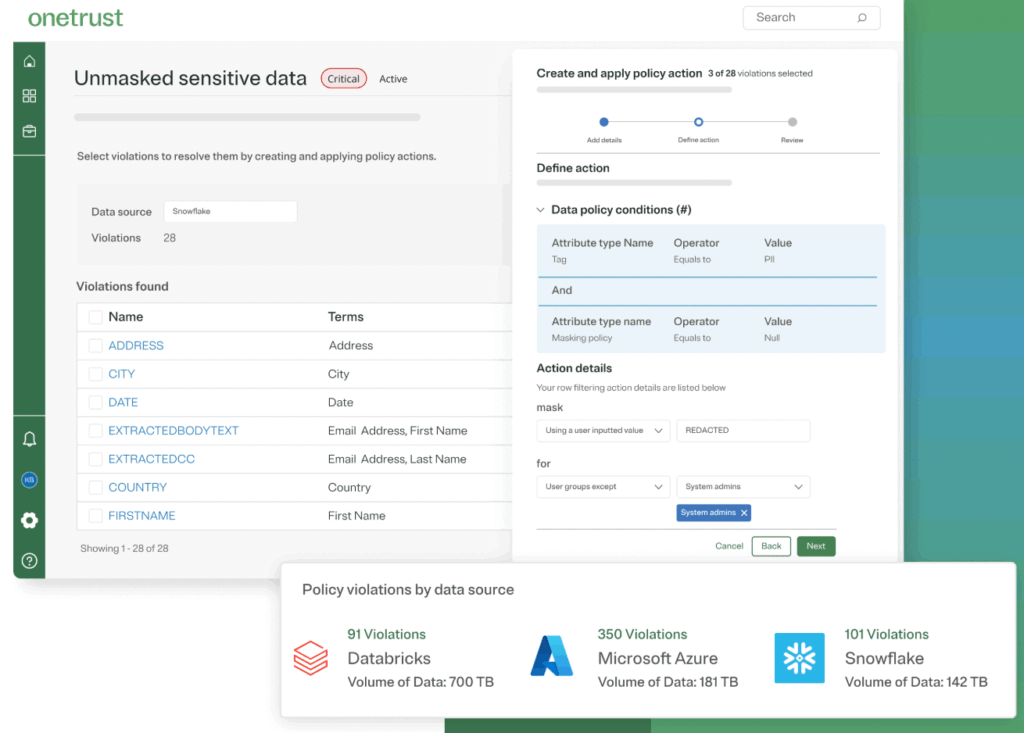
OneTrust has a strong focus on responsible data security and management. It positions itself as a platform that gives you an in-depth overview of privacy risks, third-party relationships, and operational resilience.
Here’s what OneTrust offers as part of its suite of features:
- A shared data model that connects privacy, risk, security, and governance workflows where teams can easily collaborate.
- Cross–functional data centralization that covers in-depth trust analytics and industry benchmarking.
- Automated compliance engine with no-code workflows for eliminating redundant tasks and making compliance simpler.
- Surface, identify, manage, and mitigate both internal and external risks.
OneTrust excels in capturing insights on data usage, vendor risk posture, and policy adherence, helping organizations build trust with customers and stakeholders alike.
6. Diligent

Diligent focuses on bringing all your GRC activities and board management together under one platform. With a combined view of org-wide risk at hand, Diligent helps deliver insights that support decision-making.
Here’s what Diligent offers in terms of features:
- Unifies board management, risk, audit, and ESG functions into one seamless platform.
- Provides ready-to-present dashboards with stakeholders that make oversight simpler and drive informed discussions.
- Continuous monitoring and one-click reporting make risk management swift and seamless.
- Offers proprietary data on shareholder trends, climate exposure, and governance benchmarks.
Diligent is one of the IT GRC tools that connects operational GRC with executive decision-making. This makes it ideal for organizations seeking to align board visibility with day-to-day risk management.
IT GRC tool use cases
Each team has a unique set of GRC needs depending on their size, regulatory exposure, and maturity. It always helps to have clarity on what use cases these IT GRC tools may be addressing for your business.
Enterprises
For enterprises, the biggest challenge is the very scattered approach to GRC. Documentation lives across different tools, risk data lies siloed with different teams, and compliance is also fragmented.
IT GRC tools combine these moving parts into a single, automated system. They map overlapping controls across frameworks, automate evidence collection, and continuously monitor risk exposure. Enterprise GRC systems make enterprise-wide GRC efforts less complex and more swift. So, what used to take quarters of manual coordination now happens consistently with the help of automation.
SaaS startups
For fast-scaling SaaS startups, compliance is a growth enabler. It helps drive business and build trust across partners, clients, and stakeholders. Most enterprise customers would demand ISO 27001 or SOC 2 before signing contracts. But newer teams cannot afford to divert bandwidth away from business growth.
IT GRC tools solve this problem by offering automation throughout the policy lifecycle and implementation of compliance frameworks. They automate policy mapping, track control ownership, and collect evidence directly from the cloud infrastructure. This helps startups become audit-ready in weeks and adds the credibility essential for deals and investor confidence.
Healthcare & Fintech industry
In sectors like healthcare and fintech, data privacy is paramount. This is why adhering to compliance frameworks and regulatory standards like HIPAA, PCI DSS, and GDPR is essential. And non-compliance can result in fines or legal penalties.
IT GRC tools continuously monitor controls, spot deviations, and maintain audit trails automatically. They give compliance and security teams a platform to flag issues before they turn into violations. Automation-led governance, risk, and compliance tools are built to ensure every workflow aligns with data privacy obligations.
Global businesses
The added challenge for multinational companies comes from the fragmentation of regulatory requirements. What’s compliant in one country might breach the laws and regulatory standards in another.
GRC tools map local frameworks to global standards. This typically involves consolidating audit reports and providing leadership with a single, transparent view of compliance posture worldwide.
Benefits of using IT GRC tools
A solid IT GRC tool serves as a strong wall of defense for businesses of all sizes. With governance, risk, and compliance sitting in one system, teams are well-placed to make security part of everyday business.
There are multiple benefits associated with implementing IT GRC tools such as:
Centralized visibility into risks and controls
By bringing controls, risks, and compliance frameworks on one platform, GRC tools eliminate silos and complexities. It allows you team to get a singular, accurate view of your compliance posture. This helps ensure decision-making is based on facts, not assumptions.
Automated evidence collection and compliance workflows
Automating evidence collection and control mapping removes repetitive manual tasks that slow teams down. IT GRC tools help you scale security without adding headcount. It allows you to scale programs without overextending your team.
Reduced audit fatigue and manual workload
Audits no longer require weeks of manual preparation, version tracking, and cross–team follow-ups. IT GRC platforms store and organize audit evidence through automation, ensuring every control is testable and traceable. By the time audit season arrives, audit-readiness is already built in.
Faster time-to-certification
Getting certified for standards like SOC 2, ISO 27001, and GDPR can appear to be a complex process. There is a sense of chaos associated with multiple controls, risks, team tools, and documents. But automation-backed IT GRC tools streamline control mapping, evidence collection, and reporting.
GRC tools turn long audit cycles into short, structured sprints with the help of auto-generated audit evidence and compliance workflows.
Continuous monitoring of IT security posture
IT GRC tools help teams build a proactive security posture rather than a reactive one. With real-time alerts and automated control checks, IT GRC tools catch drift before incidents can happen. Features like continuous control monitoring help automatically detect configuration changes, control gaps, and non-conformities.
Build a resilient, audit-friendly foundation for your IT GRC operations: Learn more.
Common challenges without IT GRC tools
Running GRC efforts manually might work in the earlier stages. But as businesses grow, spreadsheets, emails, and scattered documentation start to break down under the weight of new frameworks, vendors, and audits.
These are some challenges that IT GRC tools help you solve:
- Disconnected systems and manual tracking:
Risks, documents, controls, and data sitting in different tools or inboxes can add to the complexity. Most teams would end up losing visibility into different components of your GRC efforts, which would weaken your security posture. This also makes it harder to prove control effectiveness when it matters most.
- Difficulty scaling compliance programs:
Manual processes can be very limiting. It becomes difficult to keep up with multiple frameworks or growing teams. Often this can result in duplicated efforts and inconsistent documentation. This makes your compliance function reactive rather than strategic.
- Lack of standardized reporting for audits:
If every team is tracking compliance differently, reporting has to involve complex manual reconciliation at every step. Missing evidence, conflicting formats, and untraceable data turn the audit into a costly, long-drawn process.
- Inefficient vendor risk management:
Limited visibility into third-party risk can compromise data security or compliance posture. Without automated assessments and continuous monitoring, third party risk management will remain a blind spot.
How to Choose the Right IT GRC Tool?
Finding the best IT GRC software in a crowded market can be overwhelming. But here’s a checklist of things to look for when you’re assessing different options:
- Define your frameworks and compliance needs
Before comparing tools, identify which standards and regulations you actually need to comply with, such as ISO 27001, SOC 2, HIPAA, GDPR and so on. It’s essential to map out your short-term priorities and long-term compliance roadmap. The best tools would let you start small and extend into additional frameworks without starting over. They would allow you to map overlapping controls to frameworks.
- Evaluate automation and integrations
Automation and integration are not just a set of fancy features you stack into your GRC platform. They add the much-needed convenience and remove the complexities associated with manual work.
Tools that integrate with your existing tech stack, like Jira, AWS, Slack, Okta, and Google Workspace, can automatically pull evidence, track configuration changes, and alert you to control drift. This reduces human error and keeps compliance continuous, not event-driven.
- Ensure scalability for enterprise-level governance.
A good GRC platform grows with you. It should ideally support early compliance programs and enterprise-grade governance models. Handling multiple frameworks and business units becomes difficult without an IT GRC platform.
Look for a tool that can handle multiple frameworks, entities, and distributed teams without losing oversight. Scalability goes beyond the size to also cover evolving governance maturity over time.
- Assess reporting and audit-readiness capabilities
IT GRC tools should build audit readiness into daily operations, and not last-minute audit scrambles. Look out for capabilities like pre-mapped controls, real-time dashboards, and audit-ready reports. These features help save weeks of back and forth.
- Review customer support and implementation time
A powerful tool is incomplete without strong onboarding and responsive support. Prioritize solutions that come with implementation support, onboarding, and training, and real-time troubleshooting. The right partner will not just sell software but also help you implement and operationalize GRC in a way that fits your team’s workflows.
How Sprinto simplifies IT GRC
Sprinto simplifies governance, risk, and compliance by turning complex, manual programs into automated, audit-ready systems. Designed for modern cloud companies, it helps your team stay continuously compliant, reduce manual effort, and move faster through audits.
Here’s what Sprinto’s IT GRC platform offers:
- Pre-built controls mapped to 20+ frameworks like SOC 2, ISO/ 27001, and HIPAA
- Continuous compliance monitoring that flags control drifts and risks in real-time.
- Built-in vendor and incident management to maintain security across your ecosystem.
- Automated evidence collection and dashboards for instant audit readiness.
- Seamless integrations with 200+ tools, including AWS, Jira, Okta and Slack.
For instance, Anaconda, a leading global AI platform, started using Sprinto to streamline ISO 27001 compliance. With automated control validation and risk tracking, they eliminated manual monitoring and improved audit turnaround times. With Sprinto, their team could shift from tactical control management to strategic risk oversight, that too with 50% less human effort.
Ready to see how Sprinto can simplify and scale your IT GRC program? Book a demo today.
Wrapping up on IT GRC Tools
IT GRC tools have become the backbone of modern security and compliance operations. By unifying governance, risk, and compliance in a single platform, they give organizations the visibility and control needed to manage the modern threat landscape.
What once relied on manual reviews, is now powered by automation, collaboration and real-time intelligence. And with platforms like Sprinto, compliance becomes a continuous process and not just a one-time event. From automated controls and evidence collection to monitoring across frameworks, Sprinto equips teams with all the capabilities to stay audit-ready.
Book a demo with our experts to see how Sprinto can automate your IT compliance and risk management from day one.
FAQs
What are GRC tools or software?
GRC tools are platforms that help organizations manage risk, governance, and compliance functions in one place. They automate policy management, evidence collection, risk assessment, and audit preparation.
What are the four modules of GRC?
The four main modules of GRC include risk management, compliance management, policy management, and audit management.
Who needs IT GRC tools?
IT GRC tools serve the needs of diverse teams, ranging from SaaS startups looking for ISO 27001 or SOC 2 certifications to enterprises managing multiple frameworks. It also serves regulated industries like healthcare, fintech and insurance.
Srikar Sai
As a Senior Content Marketer at Sprinto, Srikar Sai turns cybersecurity chaos into clarity. He cuts through the jargon to help people grasp why security matters and how to act on it, making the complex accessible and the overwhelming actionable. He thrives where tech meets business.
Explore more
research & insights curated to help you earn a seat at the table.










